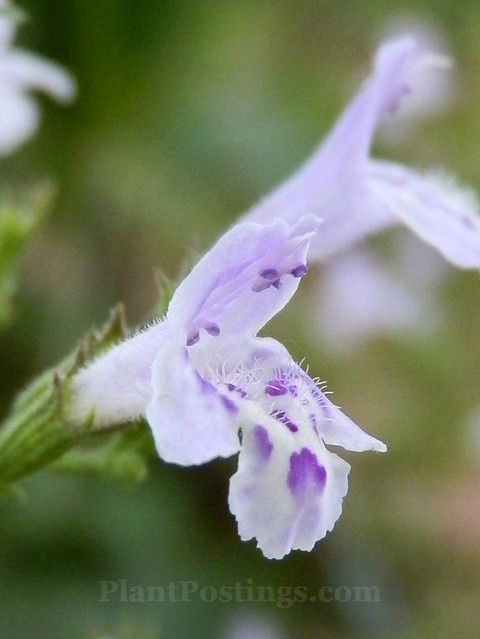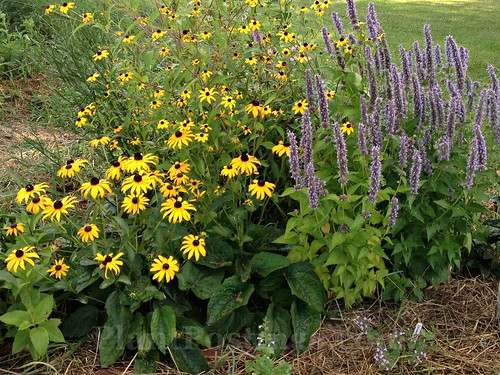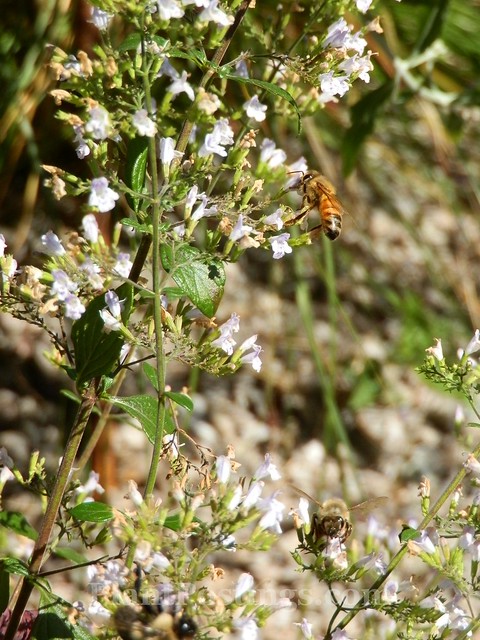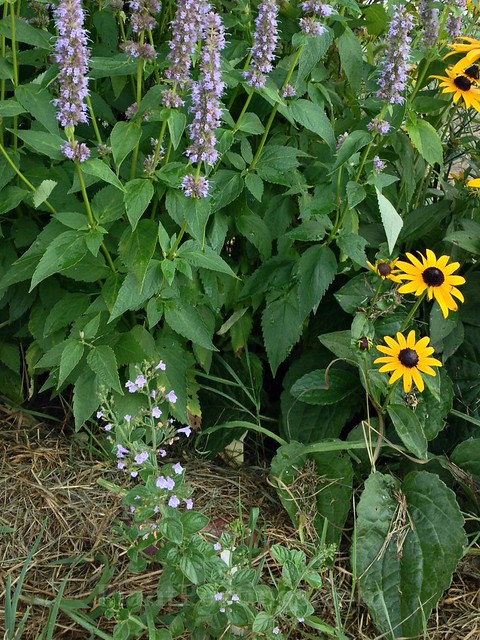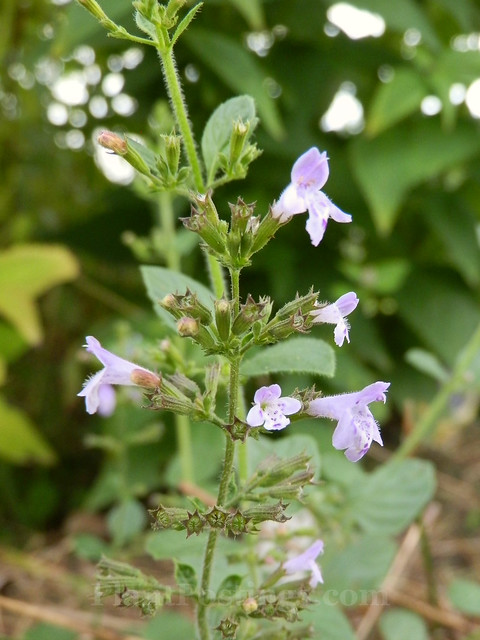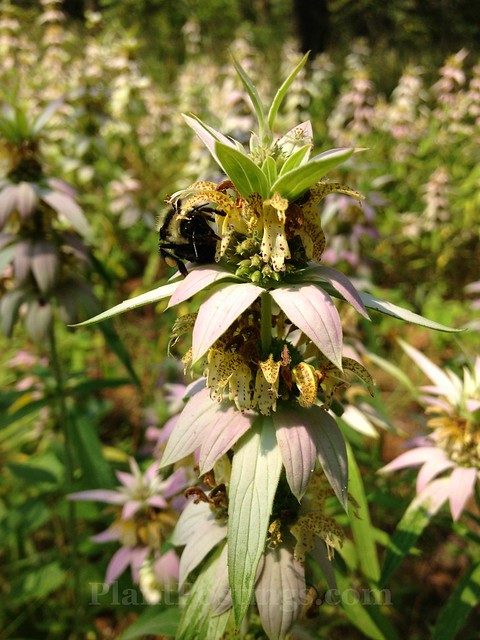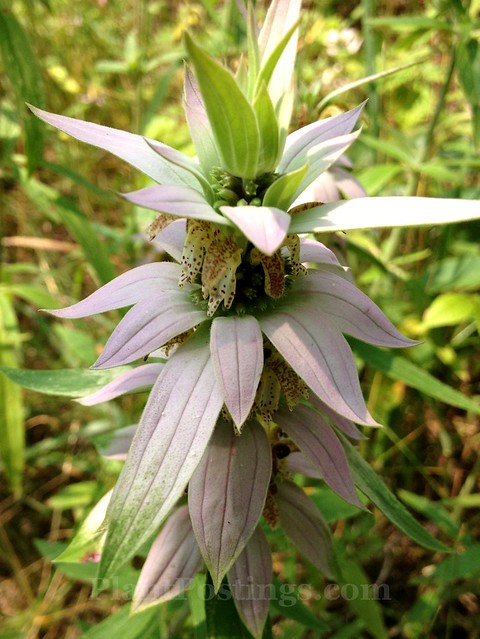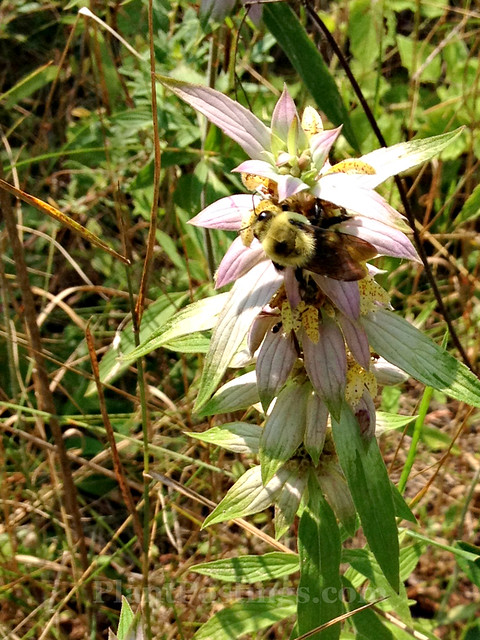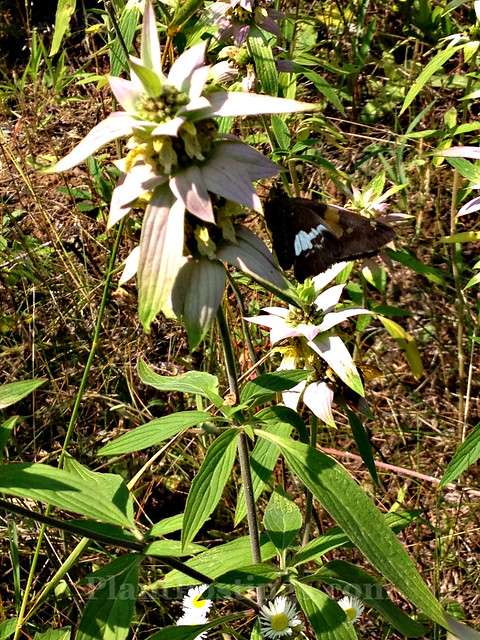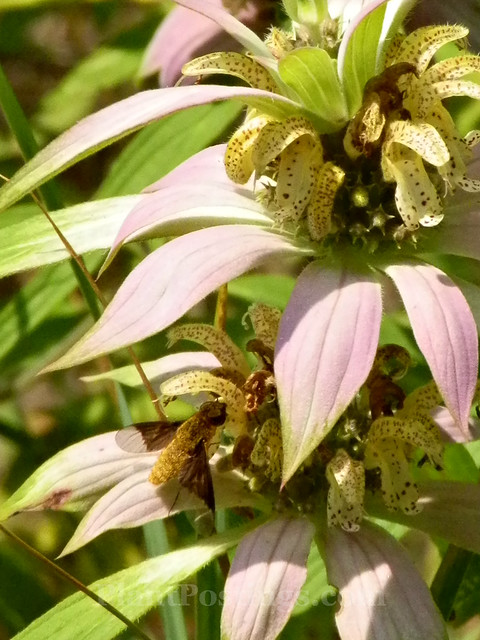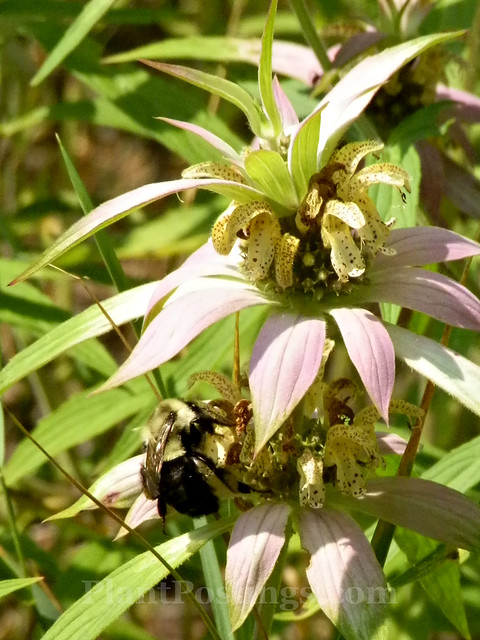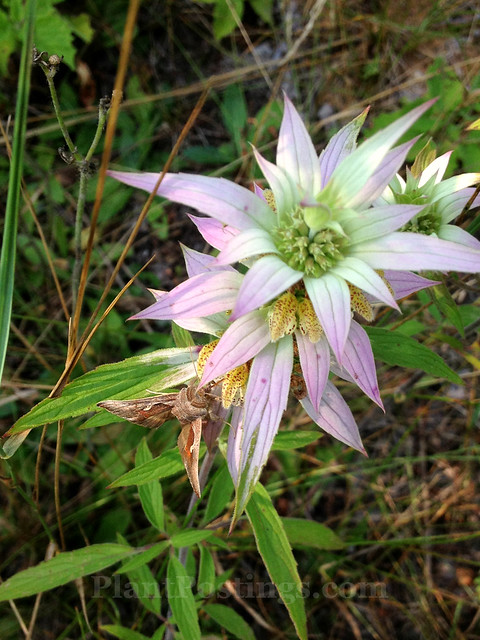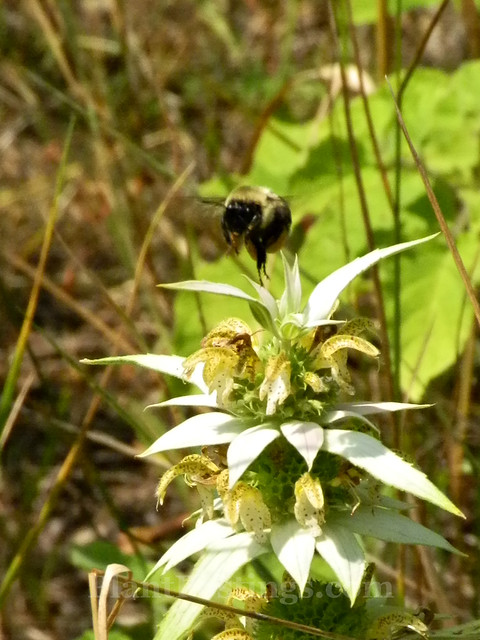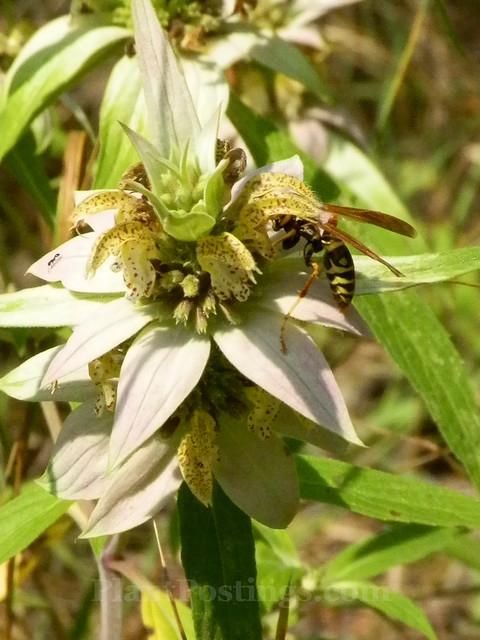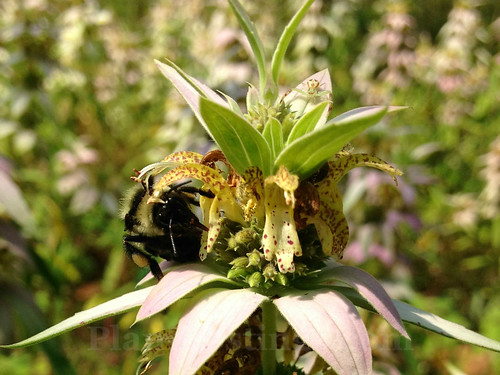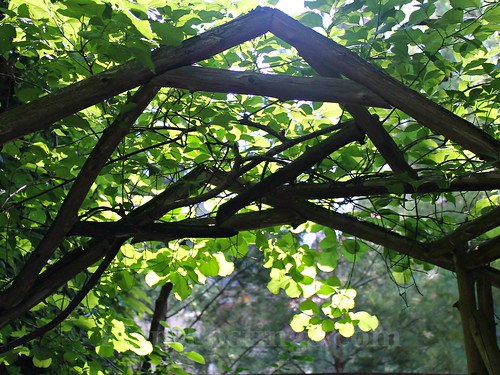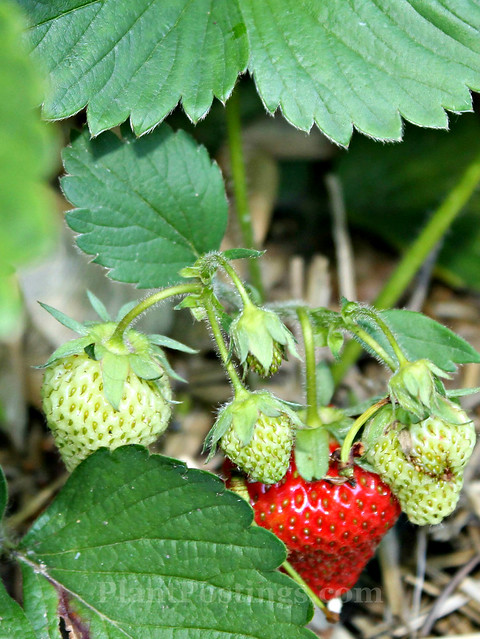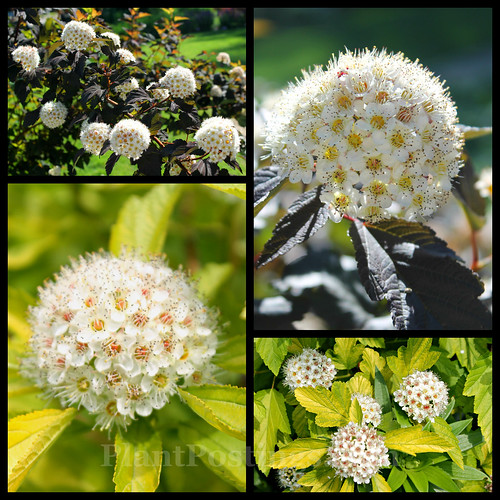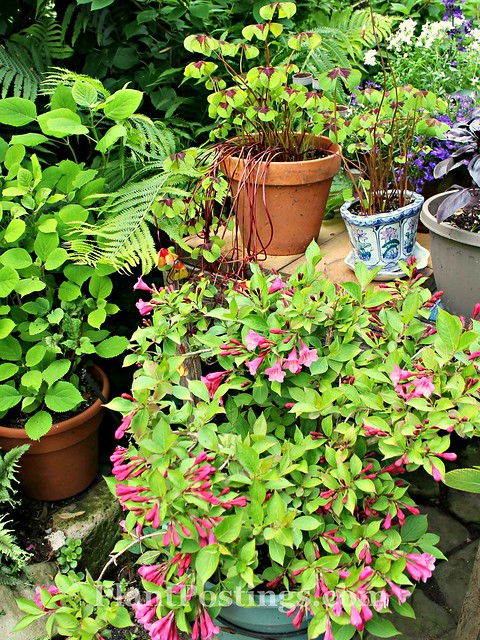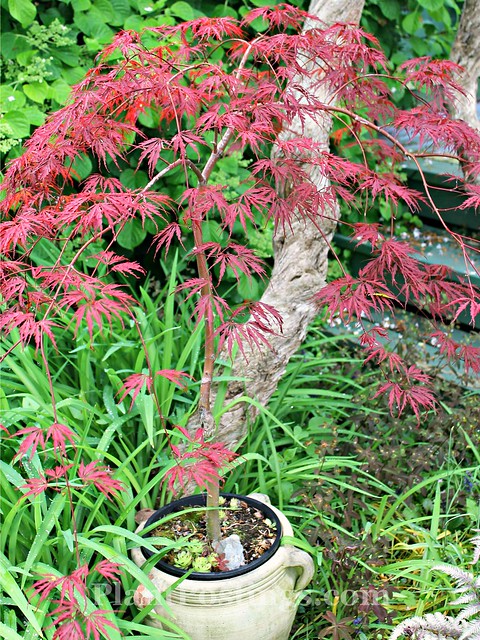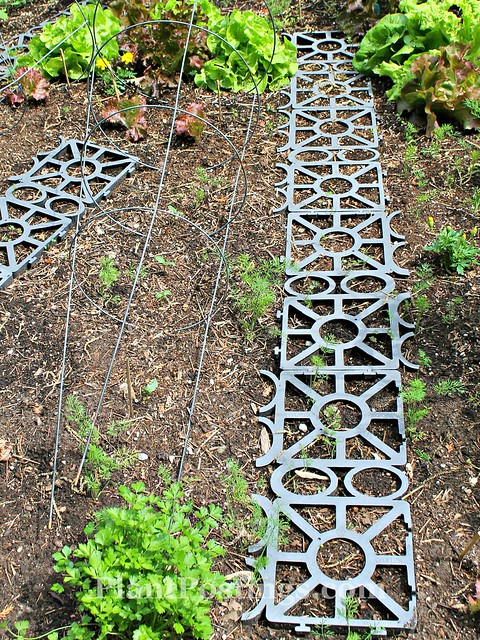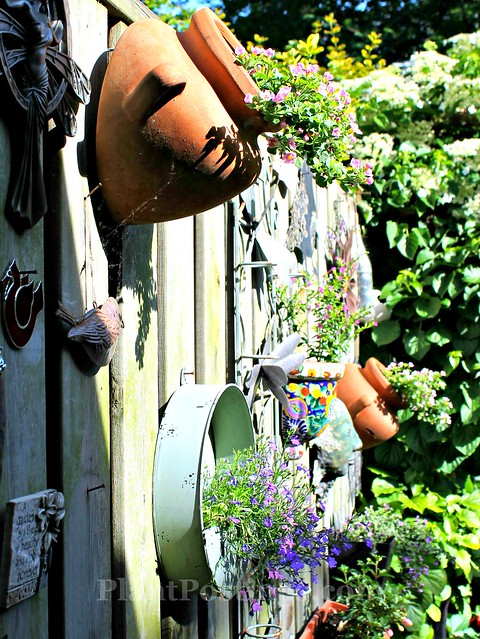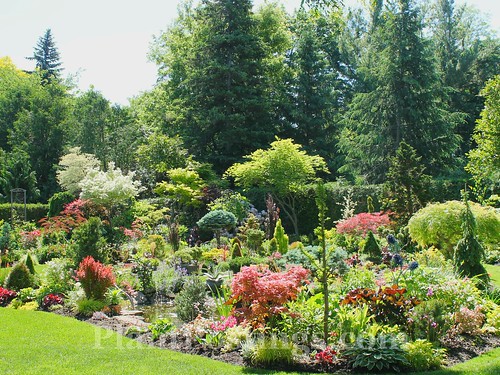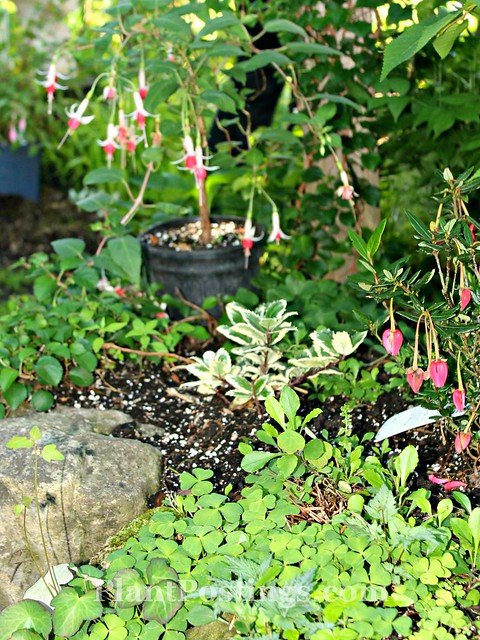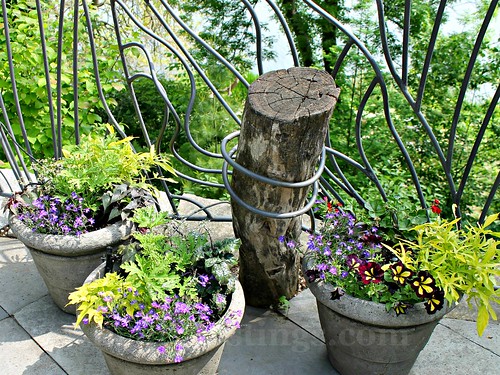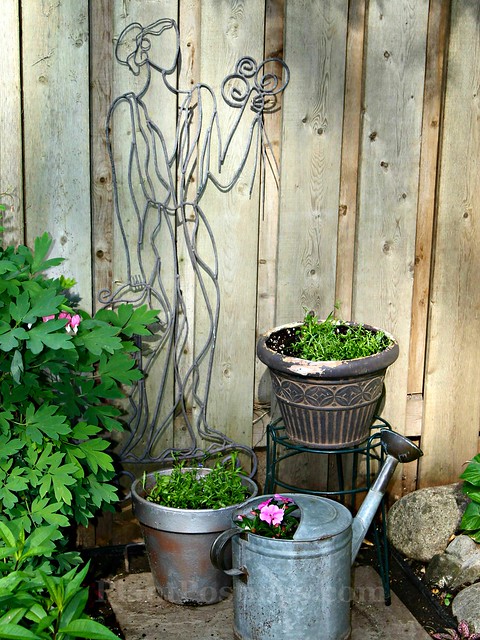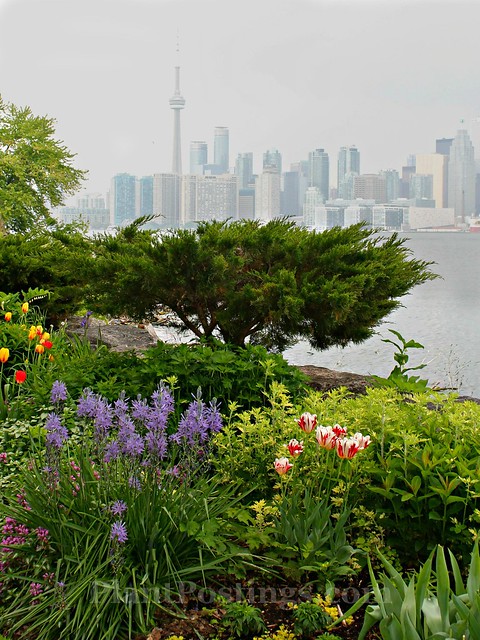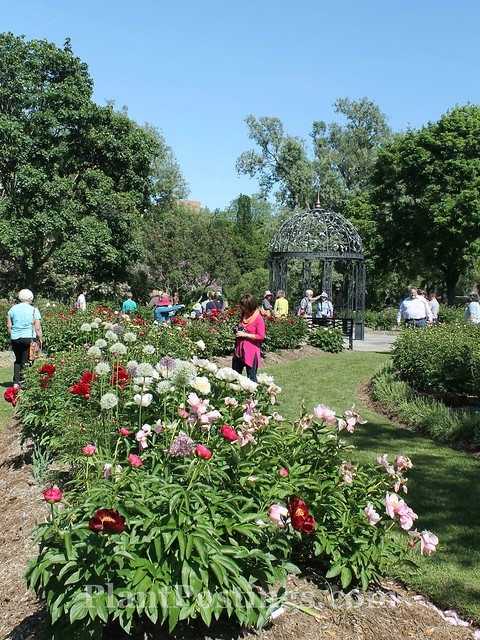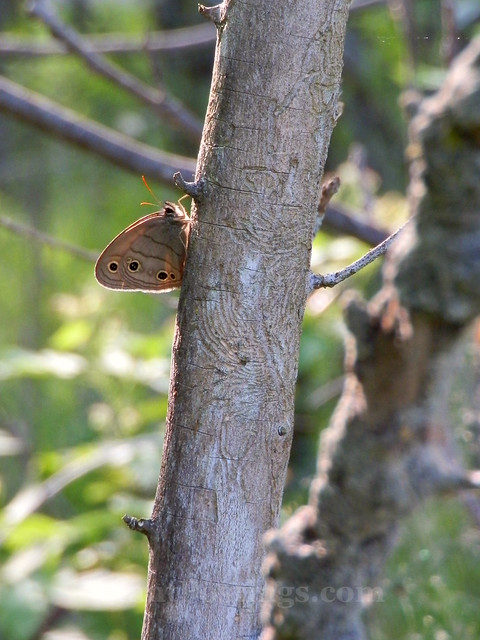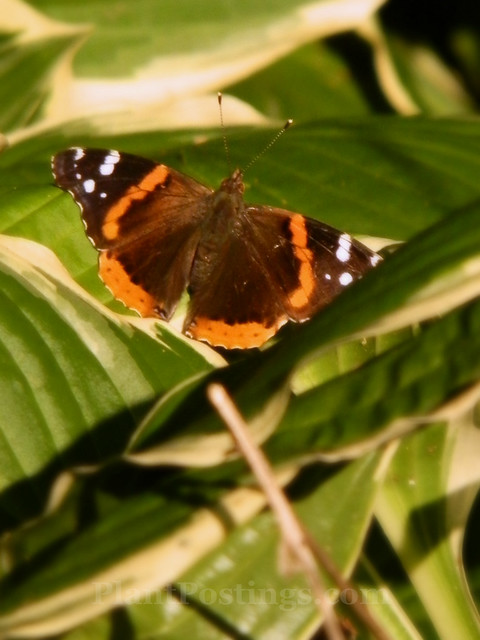 |
| Vanessa atalanta |
It's
Garden Bloggers' Bloom Day, celebrated on the 15th of each month, and I'm sneaking in just under the wire with my contribution. If you have a chance, check out Carol's wonderful meme, over at
May Dreams Gardens.
Before I start with the blooms: Here's a pollinator update.
We've already had some action with butterflies this season--Mourning Cloaks, Tiger Swallowtails, and many Red Admirals, like the one resting among the hostas in the first photo. I'm a little concerned about the bumblebees, as their numbers seem smaller, despite the fact that many plants are blooming.
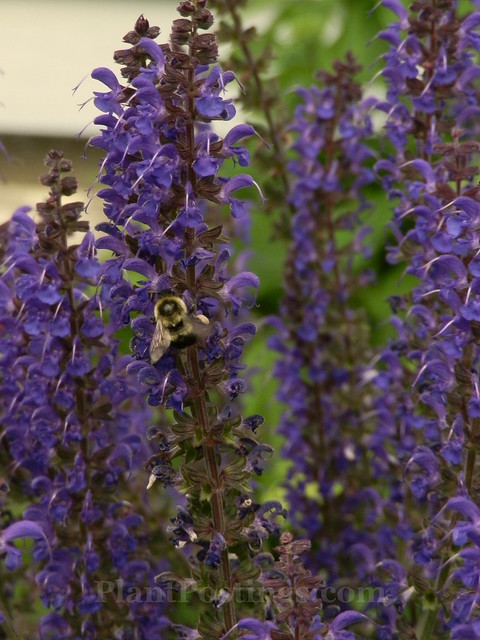 |
| Carpenter Bee on Salvia 'May Night' |
The Carpenter Bees are very active, though, on the Salvia, and I have noticed a few honey bees there, too. Traditionally, this plant is one of the more popular pollinator hangouts in my garden. After the blooms fade, I clip them repeatedly throughout the summer for several rounds of continued flowering.
Among other perennials and blooming shrubs that are currently (or were recently) stars in the garden:
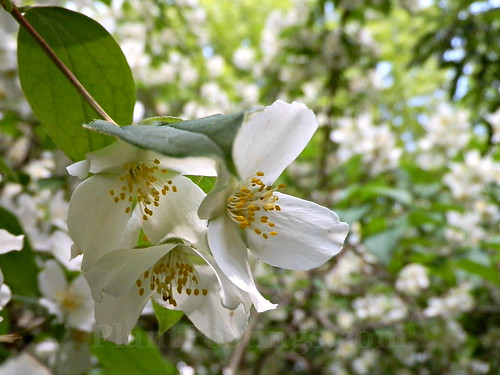 |
| Philadelphus spp. |
The Mock Oranges have been gorgeous this year. I'm unsure exactly which species we have, since the shrubs were here when we moved in. They always give us a great show in late spring, along with a pleasant, understated scent.
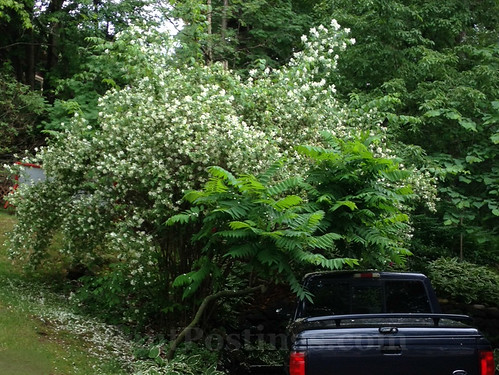 |
I wasn't planning to include this photo with the truck, but it illustrates the scale
and lovely draping pattern of the Mock Oranges (with leaning Staghorn Sumac in front). |
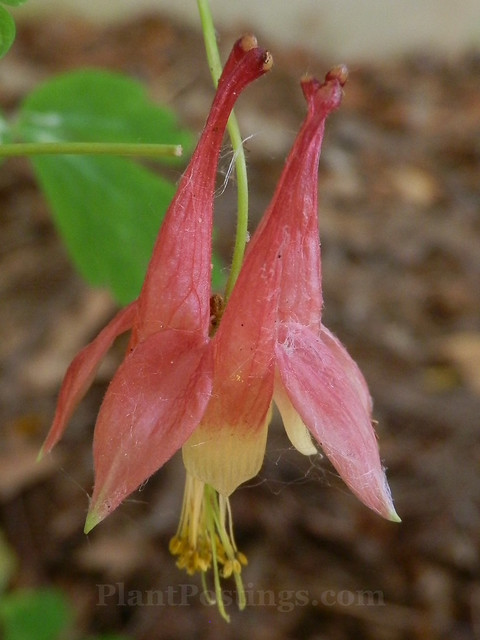 |
| Aquilegia canadensis |
Columbines are still blooming in several spots where I added them last year. They seem to thrive in sun, part sun, and even deep shade. (The fuzzy stuff you see on the blooms is Cottonwood fluff from several neighborhood trees, which have been especially prolific with their seeds this year.)
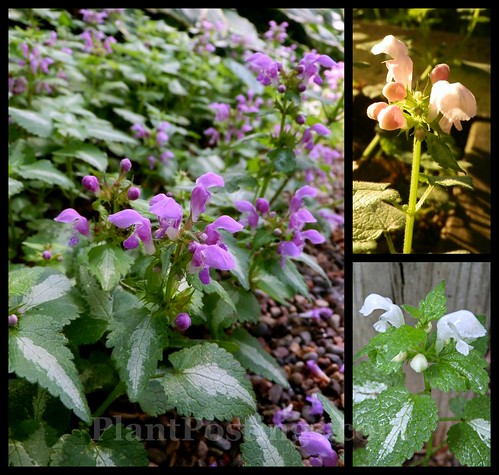 |
| Lamium maculatum |
Dead Nettles of various colors seem to bloom all season long. I suppose they could be invasive, but here they only seem to spread under the picnic table and in an enclosed area along a gravel path.
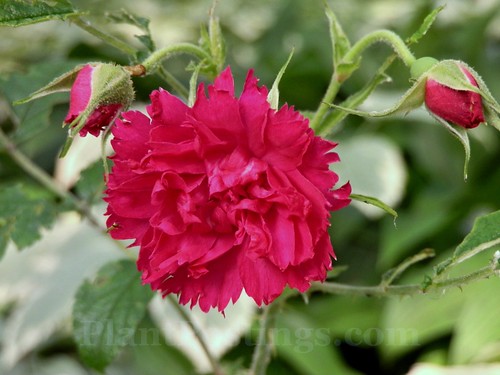 |
| Unknown rose hybrid |
Some of our roses are blooming.
And many of the annuals I added in May are flowering prolifically, including:
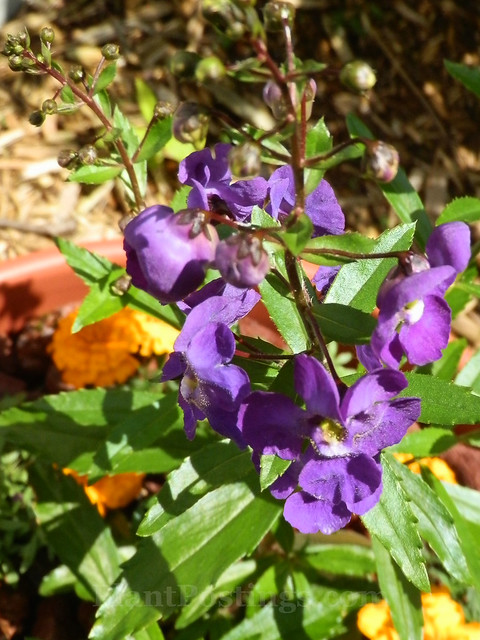 |
| Angelonia angustifolia |
Angelonia, which I potted with Marigolds. I think the hummingbirds like these, although I haven't seen them here yet.
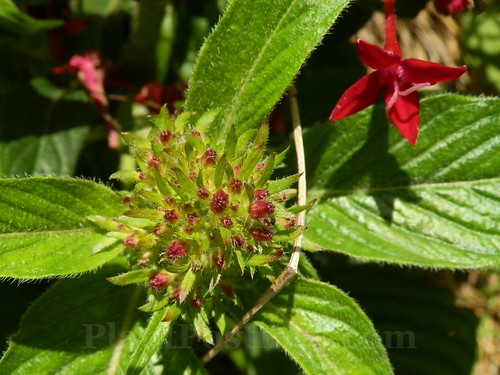 |
| Pentas lanceolata 'Graffiti Red Lace' |
Red Pentas, which I planted for the butterflies and bees (and potentially for cut flowers). They're on their second round of blooms. This is my first time planting Pentas.
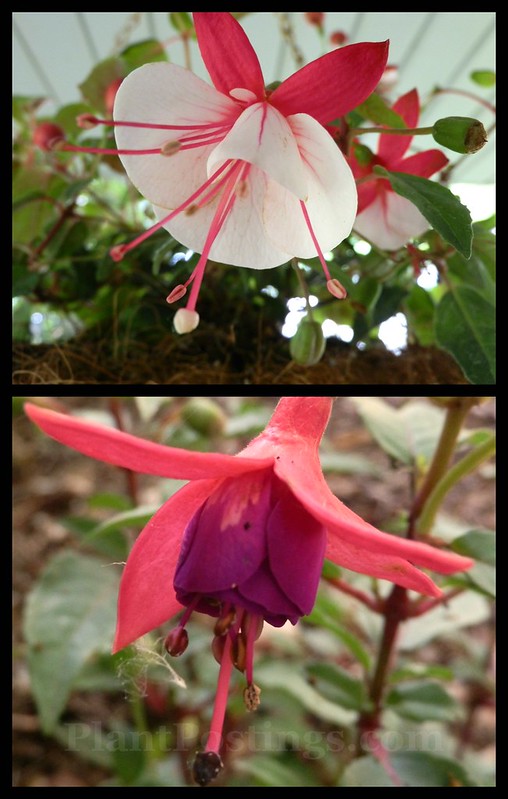 |
Top: 'Aretes Upright Arroyo Grande'
Bottom: 'Windchimes' |
I always plant Fuchsias for the hummingbirds. Who can resist these flowers?
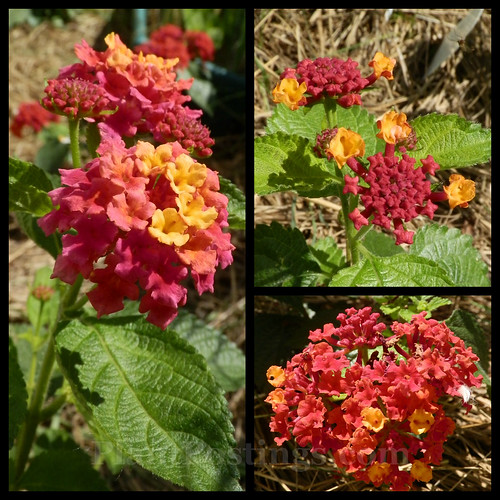 |
Left: 'Blaze'
Right top and bottom: 'Bandana Red' |
The Lantanas are settling in to their sunny spots in the potager. I hope they'll attract butterflies like they did last year.
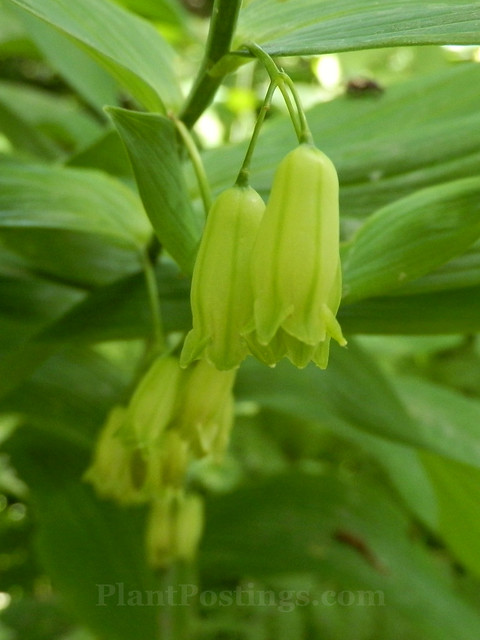 |
| Polygonatum biflorum |
Solomon's Seal's flowers remind me of petticoats.
In addition, many plants are on the verge of blooming, and I find their buds such a promising stage in the garden:
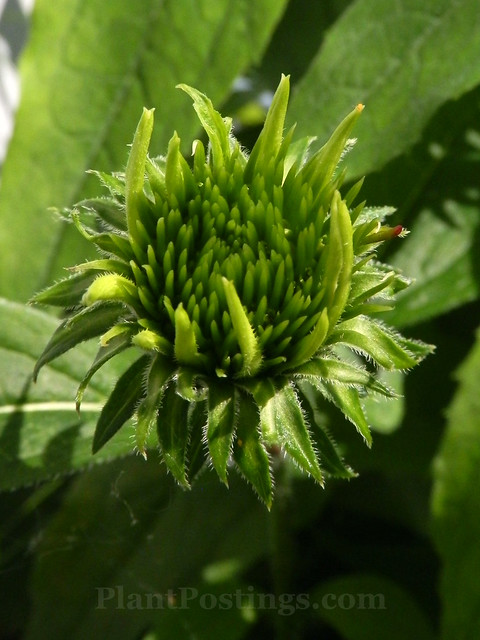 |
| Echinacea purpurea |
Native Purple Coneflower, a workhorse in the potager and great for cut flower arrangements;
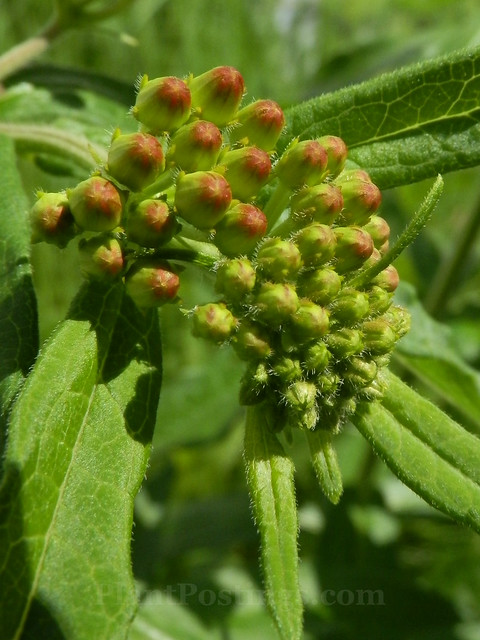 |
| Asclepias tuberosa |
Butterfly Weed, planted for its beauty, and as a larval host and nectar source for Monarch butterflies;
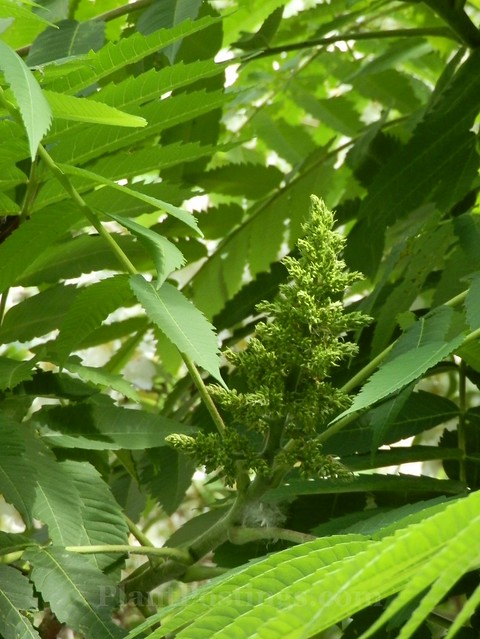 |
| Rhus typhina |
The Staghorn Sumacs, whose blooms will yield bright, warm red berries in the fall and winter;
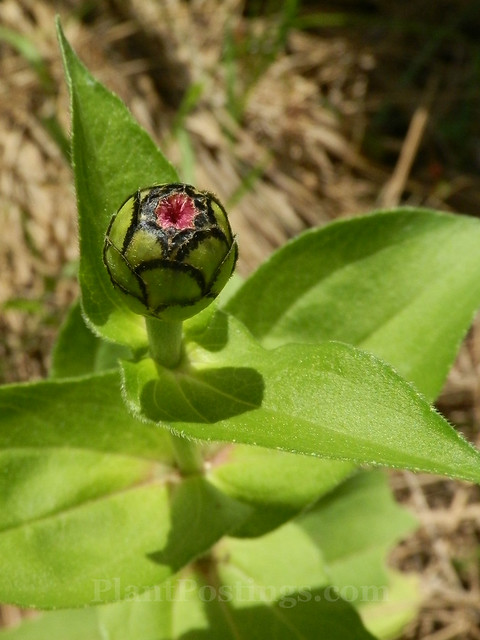 |
| Zinnia 'Cut and Come Again' |
Zinnias, which I also grow for cut flowers (since I couldn't find my favorite, 'State Fair Mix' at the garden center, I chose 'Cut and Come Again' this year);
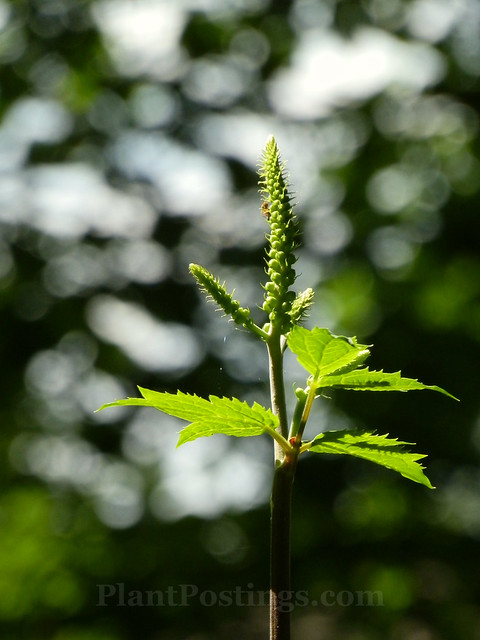 |
| Actea racemosa (syn. Cimicifuga racemosa) |
And, finally, the elegant Bugbane, which always seems to bloom near the solstice, with tall, white, elegant spikes.
* * * * * * * * * * * * * * * * * *
There's still time to participate in the
"Garden Lessons Learned" meme. Feel free to write a post or share one you've already written about your "Lessons Learned" during the past season. Then share your links or simple observations in the comments at:
Garden Lessons Learned, Quarter 2, 2015. The link will be available always under the "Lessons Learned" tab at the top of this blog.
Please also join in Donna's Seasonal Celebrations at
Gardens Eye View! You can join in with a post that fits both memes, or separate posts for one or both of them. I'll include wrap-ups on
PlantPostings' Facebook page as we approach the solstice.
